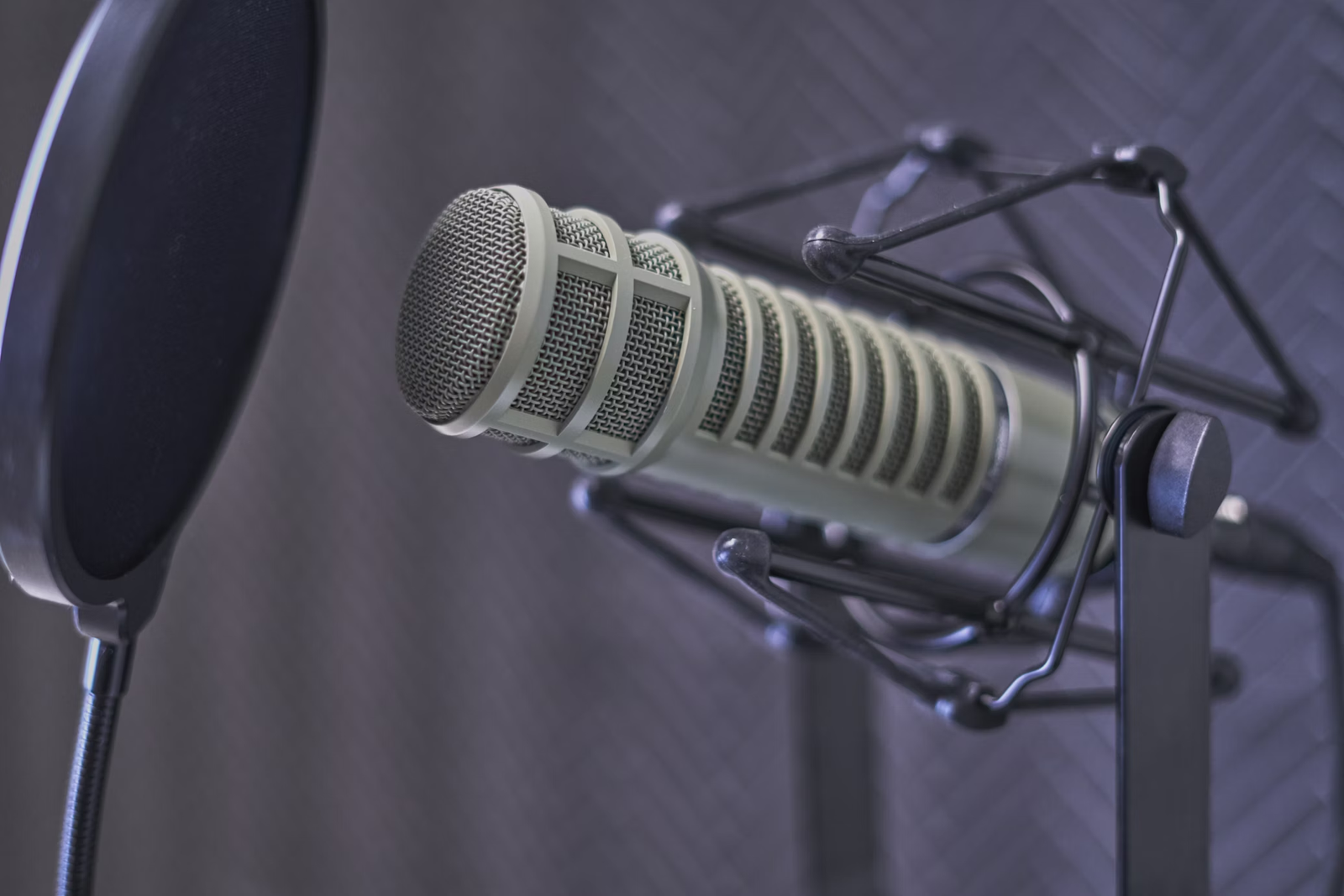Understanding the basics of podcast studio signal flow is crucial for anyone looking to start their own podcast. This article will provide a simple explanation of what signal flow is and why it’s important.
What is Signal Flow?
Signal flow refers to the path that audio signals take from the source (like a microphone) to the output (like a speaker or headphones). Understanding this path can help you troubleshoot problems and improve the quality of your podcast.
Steps in Signal Flow
The first step in the signal flow is the source, which is where the sound originates. This could be a microphone, a musical instrument, or a sound file on your computer.
The next step is the preamp, which boosts the signal from the source to a level that can be processed by the rest of your equipment. This is an important step because a weak signal can result in poor sound quality.
After the preamp, the signal goes to the mixer, where you can adjust the volume and tone of the signal. The mixer also allows you to combine multiple signals into one output.
From the mixer, the signal goes to the amplifier, which increases the signal to a level that can be heard through speakers or headphones.
Finally, the signal goes to the output, which is where you hear the sound. This could be speakers, headphones, or a recording device.
Importance of Understanding Signal Flow
Understanding this basic signal flow can help you set up your podcast studio correctly and troubleshoot any problems that arise. Remember, the goal is to maintain the best possible sound quality throughout the signal flow.
Conclusion
In conclusion, understanding the basics of podcast studio signal flow is crucial for producing high-quality podcasts. By understanding the path that audio signals take from the source to the output, you can ensure that your podcast sounds its best.


Leave a Reply